Experience Timeless Beauty: Full Stone Restoration Services
Let’s face it, our attraction to stone surfaces like granite, marble limestone and quartzite has a lot to do with humanity’s affinity for and connection to the beauty in nature. After full stone restoration, unsightly scratches, widespread staining, etches and wear patterns will again rekindle that deep connection to the stone surrounding us in homes and workspaces. We have a long history of surrounding ourselves with stone. Since humans’ first appearance, we have used natural stone for shelter, tools, weapons and art. Human interaction with these artifacts of the earth's geological treasures spans millennia.
The history of manipulating and later polishing granite, marble, and other forms of stone dates back approximately 2.6 million years ago in the early Stone Age. It began with the most basic of stone tools. Called “flaking”, a blunt rock was used to strike a few specific types of stone into sharp shards. They were then were used as very effective cutting and slicing edges. As time passed, larger human groups and communities appeared and stone tools and weapons became more refined because they were pivotal for survival. Polished surfaces proved to be more durable and efficient for tasks like food preparation and crafting implements, weapons and projectile points. Scientists found debris scorched by fire from stone toolmaking, which added to evidence that early humans understood that the element of heat enhanced stone’s useful properties. Early humans figured out by trial and error that heat and stone together had a beneficial affect, without realizing they were melting a microscopic layer of the crystalline stone surface.
Polishing stone with sand, fine broken shells and lead balls came later with the Egyptians, the Romans and others. Early examples were not the shiny highly reflective granite and marble of today or even what Hollywood has depicted of those days. It was a less shiny, honed polish in contrast to the high gloss polish of today. The advent of using leather strips to polish marble and granite made the polishing much more refined. Heat was introduced by this action of friction, and caused the thin surface layer of marble, called the Beilby layer, to heat up and melt its crystalline calcium carbonate surface structure. This effectively sealed the openings or pores (in marble in particular) which offered a protective layer and a lovely mechanical shine unseen before then.
The Finer Points of Restoration of Natural Stone
Fast forward to the present day. The terms stone restoration and stone refinishing are often used interchangeably and have the same basic meaning. The term stone polishing has a different meaning although many do use it incorrectly and interchangeably with stone restoration and stone refinishing. Polishing is a generic catch-all general term by many to mean 'to make the surface shiny'. Polishing does return, or should return the shine to stone surfaces that have mild to moderate wear and tear, dullness and scratch patterns and uses mild abrasives, polishing powders and pastes. Polishing of stone is not a standard process across the board nor can it be: no two types of stone, even in the same category, will polish alike. It is for milder conditions of the stone.
When we reference a full stone restoration or refinishing, we are referring to the process of removing moderate to severe damage, dullness, scratches, discolouration and widespread staining on stone surfaces. Best practices of stone restoration requires wet grinding a thin layer from the stone’s surface using abrasives, diamond resin pads, diamond impregnated flexible pads and metal pads. Water is used to regulate the temperature and eliminate the issue of dust and mess. The quality of the grinding pads and other required materials is an important but often overlooked factor in attaining a fantastic end product. The right type of pad must match the correct type of stone to be restored. Granite pads will not work on marble, and marble pads will not work on granite. There is no “one pad fits all uses” system available and due to the behavioural nature of the the different stone types, nor will there ever be. Consider wood floor polishing and wood floor refinishing to be comparable in procedure to stone refinishing and stone restoring. Although different tools are used, they both polish to restore shine, and both refinish (or perform restoration) to remove the thin top damaged layer to effectively create a like-new surface. Both wood and stone polishing and restoring use graduated grits, polishing pastes or powders and sealers or varnishes to protect the beautiful new appearance
When natural stone care professionals refer to refinishing and restoration, it is more than polishing the thin surface layer, it is removing it. It cannot be achieved using just friction and light abrasive polishing pastes and powders, diamond or metal grinding pads must be used. The term restoration connotates correcting damaged stone surfaces on a deeper level than polishing. Bear in mind that polishing stone surfaces can certainly repair dull and lightly scratched marble granite and other stone.
When To Choose Between Stone Restoration And Stone Polishing
When it's time for a full stone restoration, there are some common signs to look for in your countertops, floors, showers and other installations. Discolouration, widespread yellowing or dull-looking surfaces, “watermarks” that won’t come off, hardened mineral deposits, deep rust marks, stains, scratches, deep gouges, stun marks (fractured crystalline structure found below the surface near scratches), cracks, damaged or missing grout, movement under tiles are all possible signs more than a deep cleaning or polishing are required. Spalling or efflorescence are recognized as areas of the stone or veining that have been removed by water movement through it leaving behind pitting and powdery residue. Any of these signs, depending on their degree, forewarn that your beautiful stone surfaces may indeed require a full stone restoration.
As with most things in life, ignoring or neglecting once treasured counters, floors or showers will only make matters worse. Where is the boundary line between a good deep cleaning and polishing versus a full restoration? The objective in both is to return the stone to beautiful like new factory type finish or even better condition, whereby periodic maintenance will keep the stone looking and functioning great. Restoration is more of a further-down-the-line action to avoid replacement, which is expensive, time consuming and not necessary if the stone in question can be beautifully restored. After a full restoration, it can then be maintained and periodically polished and sealed whether by the homeowner, cleaning persons or the professional stone expert. Stone is unlike man-made materials like porcelain, ceramic, engineered stone (commonly known as Quartz), encaustic or concrete tiles and slabs. It is much more difficult and often times impossible to even just properly polish the man-made substitutes. The simple fact that natural stone CAN be restored makes it special.
Granite and marble has been around millions of years before us and if taken care of with the correct measures should more than las a lifetime. Great stone care professionals have the training, skill and understanding when stone has reached it limit cleaning and polishing, restoration or, unfortunately, a replacement is necessary.. They can determine whether and needs a restorative procedure. A good stone restoration expert will always emphasize the role of preventive maintenance in extending the life of stone surfaces as best practices.
The Stone Restoration Process
To understand the stone restoration process, we'll introduce the tools we absolutely need to work with. Long gone are the days of hand polishing natural stone. The to-be-restored areas are deep cleaned and prepped and the surrounding areas are protected with plastic, waterproof tape and canvas tarps. A modified powerful hand angle grinder type hand machine and a low speed hi torque floor machine are essential in the polishing and restoration processes. Also mandatory are the diamond resin grits or “diamond pads”, metal resin pads and quality polishing powders and pastes. Unfortunately, many stone contractors and some DIY’ers pay attention only to price and longevity of the work materials versus the best quality. For example, there is an astonishing number of the different brands and types of diamond pads that are available commercially and professionally. However, by all measures they certainly couldn’t be considered of equal quality, performance or, most importantly, desired results. Better to best quality diamonds reduce restoration time, give a much more even texture and introduce a “clarity” in the stone that is unmatched with lesser quality pads. Can a homeowner or business owner tell the difference in the results? I have seen it time after time, that quality work is easily recognized by most.
When deciding on the correct diamond resin pads, it is critically important to consider the type of resin and the quality and amount of diamonds contained therein. Hard surfaces like granite and quartzite (7 and 7.5 / 10 on the Mohs stone hardness scale) require softer resin material that composes the pads. This will allow the resin in the pad to wear relatively quickly and readily expose the diamonds so they can effectively work on very hard surfaces. Marbles, limestones and travertines require harder resin material contained in the pads so the diamond particles are exposed much more slowly on these softer stone surfaces (3 on the Mohs stone hardness scale) to more gently restore the surface. It is our utmost priority in the restoration process to have an optimally balanced and best quality combination of floor and hand machine, diamond resin pads, polishing pads, polishing powder and paste. Using the best available equipment, tools and techniques to get the best possible results. As the old saying goes, you only cry once when you buy quality; at the checkout line.
The first priority when assessing the stone installations in a client’s home or workplace, is understanding the importance of the client’s desired results and expectations. What do they see as the primary issue with the stone, and what is the desired outcome? This initial consultation visit is always a collaborative process. We meet you where you are, and take with you where you want to take your stone. Whether it is a deep cleaning, polishing or restoration or even a sealing, maintenance or repair visit, we work together to achieve this.
We need to properly assess the problem and develop a plan to bring about the desired end product. Of critical importance is: are there any topical coatings, sealers or waxes that must be removed, has the stone been polished regularly or been previously restored, are there any unsightly stains or rust marks, is there any damage like etches, cracks or chips, is the grout clean, present and in good condition, are are the surfaces level or is there significant lippage between the joints? Equally as important, what type of stone is it, how long has it been in place, what is its condition with respect to wear. Together, with the stone-owner we develop a comprehensive plan of action, either cleaning and sealing, polishing or restorative plan that suits the situation and suits the client.
Initial Assessment and Evaluation of Stone Surfaces
The are a myriad of aesthetic improvements that can be achieved through a full restoration of your stone surfaces. Whether it's your Absolute Black granite kitchen counters and bathroom vanities, your Crem Marfil marble floors or your Travertine shower enclosure, a full restoration will rekindle that special allure that first captivated you. Nothing is without a little tender care; natural stone does usually require some degree of loving care and attention and some stone more than others. The minor investment of periodic time and minimal attention helps prevent the risk of costly replacement. Every so often we encounter natural stone that has little chance of being restorable, and replacement is required and that is unfortunate. The fact that natural stone CAN be restored is a huge advantage over porcelain, ceramic and engineered E-stone which cannot easily. There is also a significant positive environmental impact of preserving existing stone structures and not replacing them
The Benefits of A Full Stone Restoration
DIY Stone Restoration Or Do You Need A Professional?
Many people are quite handy and some are very skilled when attempting home improvements, repairs and restorations on their own homes and work places. When working with granite, marble, travertine, quartzite and other expensive natural surfaces, it may not initially appear as daunting as it can be. One of the most important issues first encountered will be, what type of stone is it? Notwithstanding that many stone surfaces that “look” alike, they may have a completely different geological composition and a different reactive behaviour under polishing and restoration.
Sedimentary, metamorphic and igneous are the three main types of rock, and classification is further broken down into silica containing rock versus the calcite containing rock. They all behave and react to polishes, pastes and diamond pads in vastly different ways. To complicate the matter is that granite lookalikes may be marketed as true granites because they look like granite but they are not. There is a clear and important distinction between geologic classification and mercantile classification, and a large overlap. Green “marbles” are not geological marble, and is commonly called a serpentine, and polish vastly differently than true marbles. Beautiful Crem Marfil “marble” is actually geologically not metamorphic marble even though it is sold as exactly that, but geologically it is classified as compact limestone, which does not undergo metamorphosis. Stores can mislabel stone accidently or on purpose and salespeople can be mistaken. Often, testing the rock is the only real way to know for sure and even the experts can get it wrong. It takes years of experience and knowledge to successfully polish and restore a wide variety of stone surfaces. If you do decide to proceed DIY, work cautiously and fully research the process, and most importantly know for sure what stone you are working on.
Final Thoughts On Stone Restoration
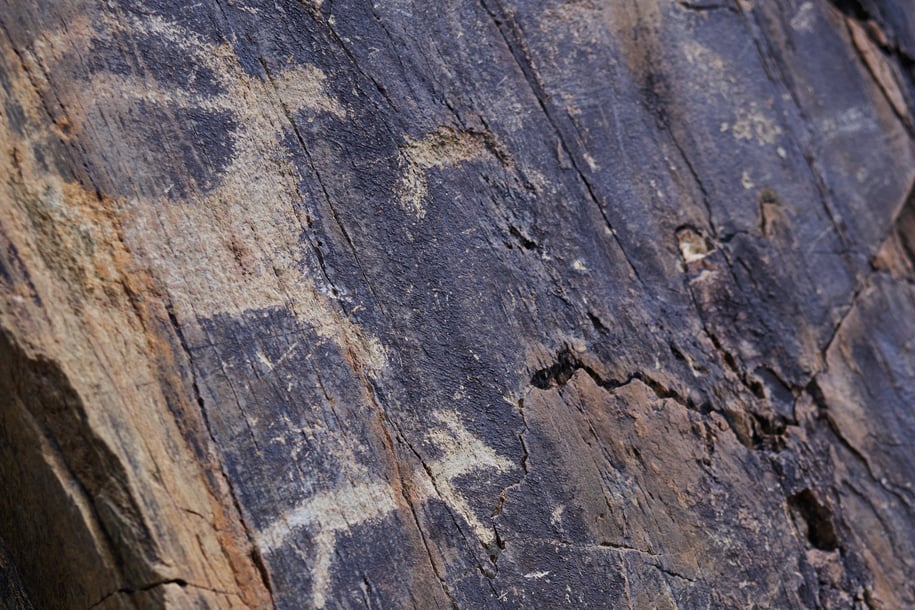



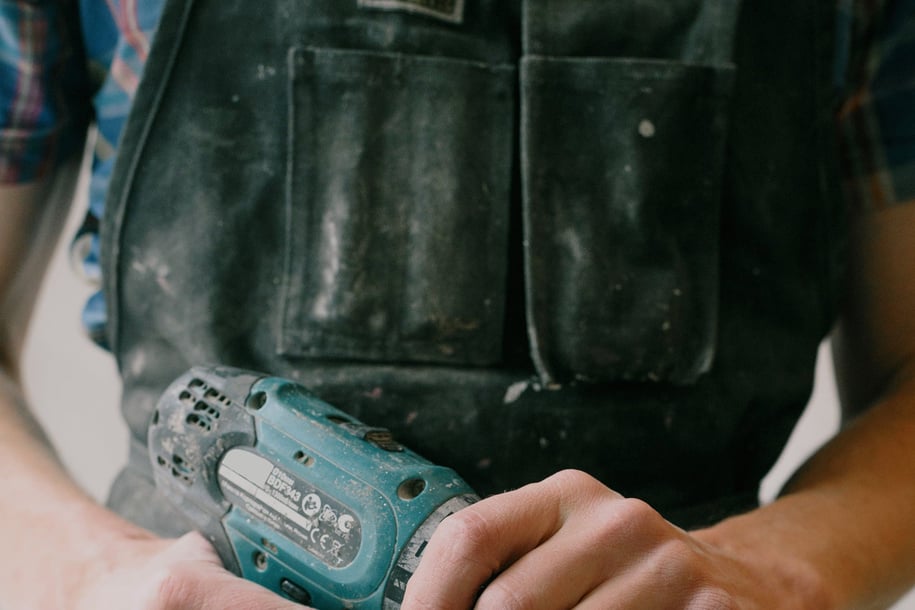

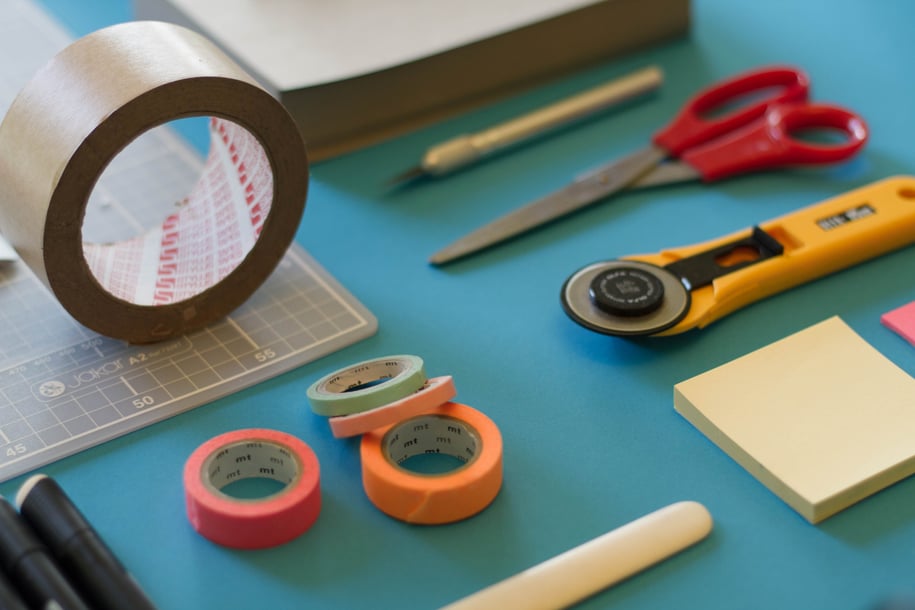

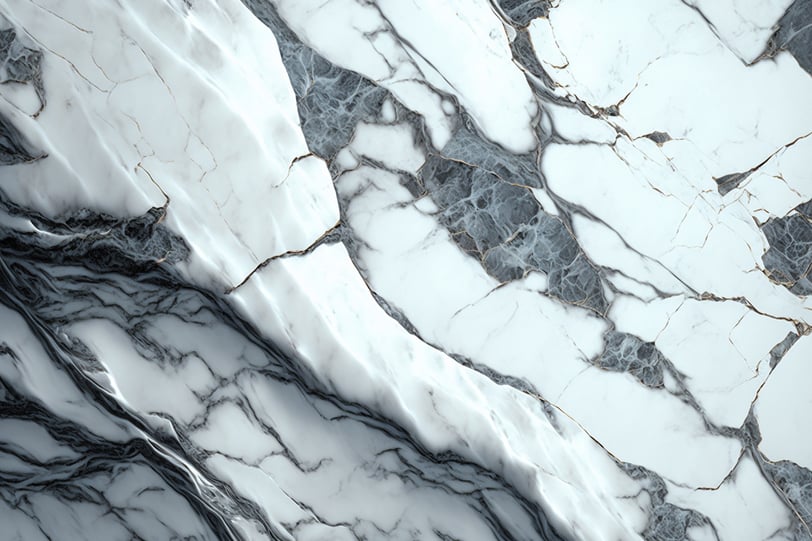

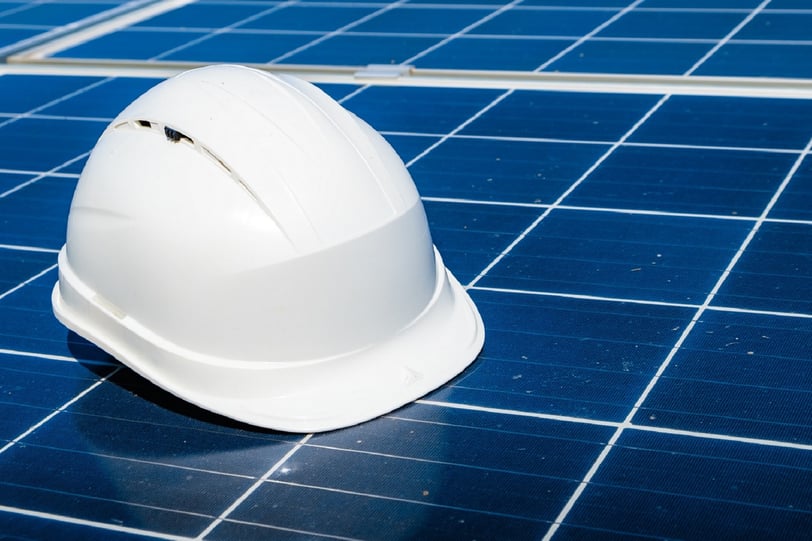

Humanity and natural stone have a long and beneficial history together, in fact it is our own history of survival. It is arguably one of the best, most durable and long-lived natural elements that we can put in our interior surroundings. Stone can be awe inspiring in its stunning and unique beauty; and no two stones are ever identical. When that stone becomes tired, worn, weary and in need of serious attention, a complete restoration of the natural stone surface is often highly recommended and should be considered. The best quality materials and the right professional touch will give outstanding results. DIY polishing is sometimes possible on some types of stone with the right equipment, knowledge and materials but the more difficult refinishing and restoring should be left to the professionals.
Stone restoration is not just for the aesthetic improvements but will help in the long term preservation and care of your significant investment in real stone. Quickly cleaning up spills, treating stains and other ongoing maintenance like periodic sealing and polishing, will cost effectively help preserve your restored surfaces. It is best to not wait until a small issue becomes a larger problem that can creep in for the longer term.
Serving Toronto and the Surrounding GTA
Don't take your Floors, Countertops & Showers For Granite...
Have them professionally restored, sealed and maintained
437-429-2780
Call, Text or Contact Us NOW For A Quote


info@AndrewsProfessionalStoneCare.com
© Copyright 2023
Service Areas
Toronto & GTA
Oakville
Mississauga
Burlington
Markham
Vaughn
Thornhill
Richmond Hill
Woodbridge
Pickering
Ajax
